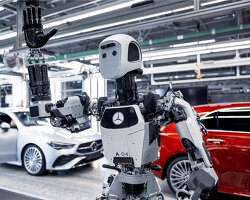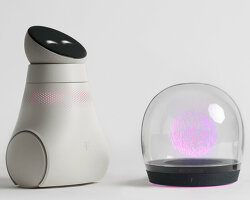KEEP UP WITH OUR DAILY AND WEEKLY NEWSLETTERS
PRODUCT LIBRARY
BMW releases the upgraded vision neue klasse X, with a series of new technologies and materials especially tailored for the upcoming electric smart car.
following the unveiling at frieze LA 2024, designboom took a closer look at how the color-changing BMW i5 flow NOSTOKANA was created.
connections: +630
each unit draws inspiration from emergence, featuring a hexahedron-based structure that facilitates integration into larger systems.
connections: 96
brian eno revives his color-changing neon turntable for the second time, on display too at paul stolper gallery in london until march 9th, 2024.
connections: +380
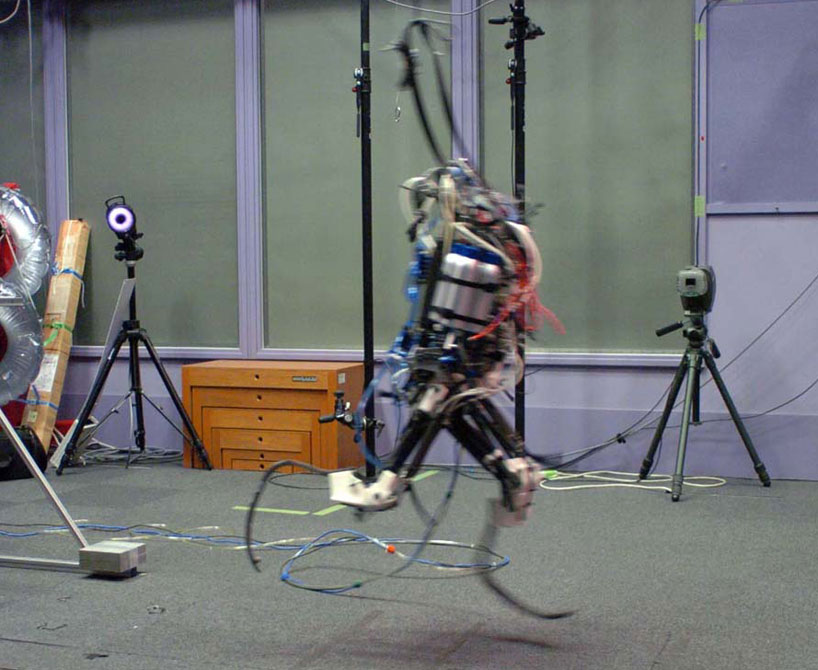
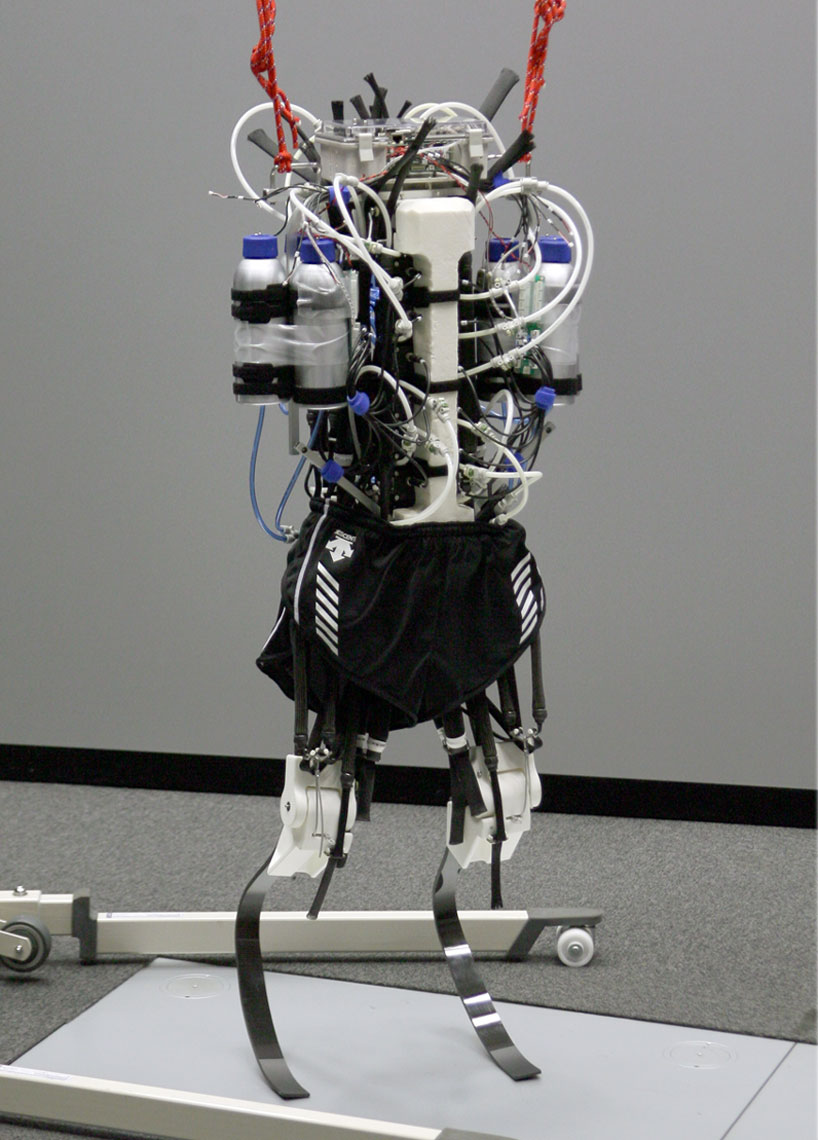 ‘athlete robot’
‘athlete robot’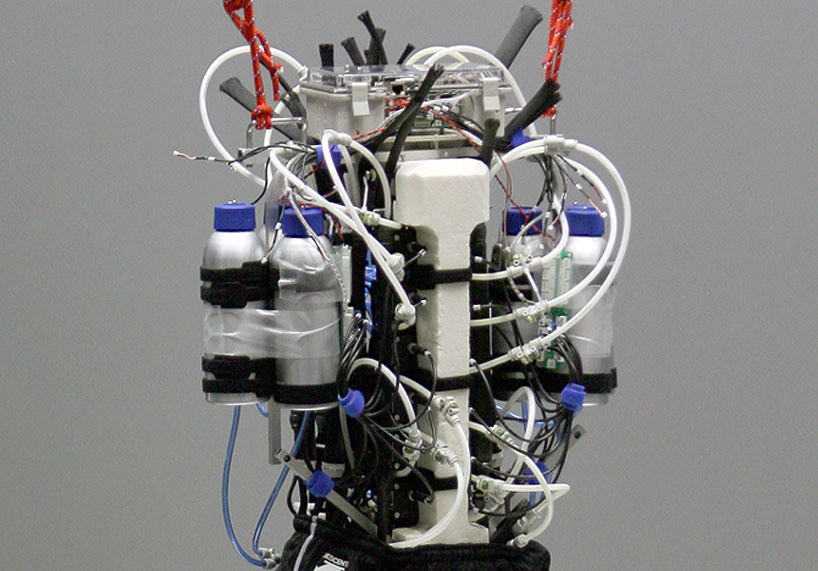 detail of the robot’s mechanics
detail of the robot’s mechanics each foot is made from an elastic blade
each foot is made from an elastic blade biological to mechanical breakdown
biological to mechanical breakdown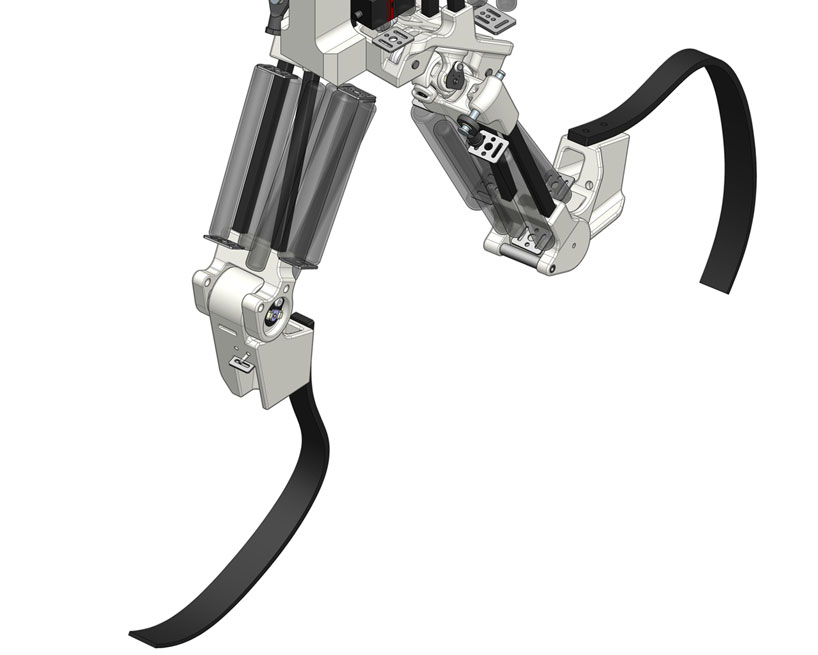 rendering of the mechanics
rendering of the mechanics different components of ‘athlete’
different components of ‘athlete’